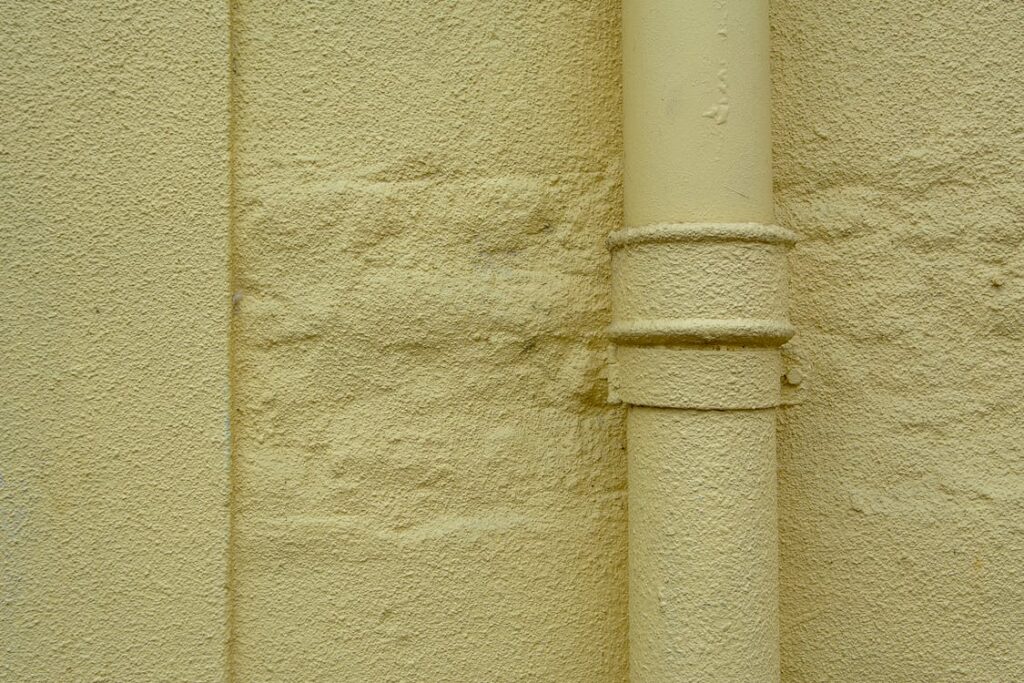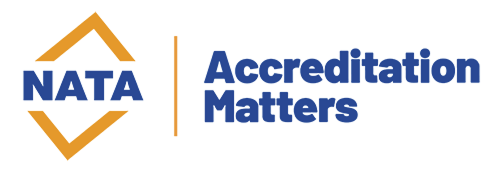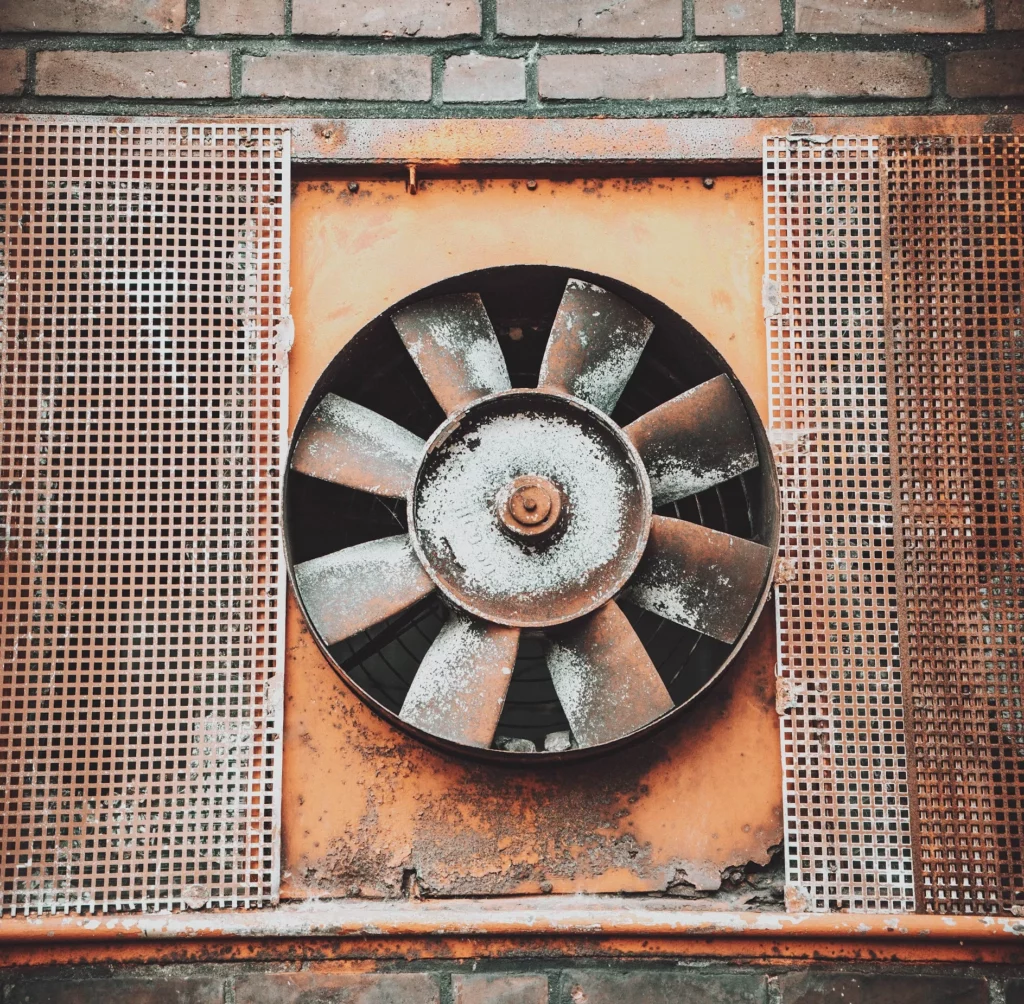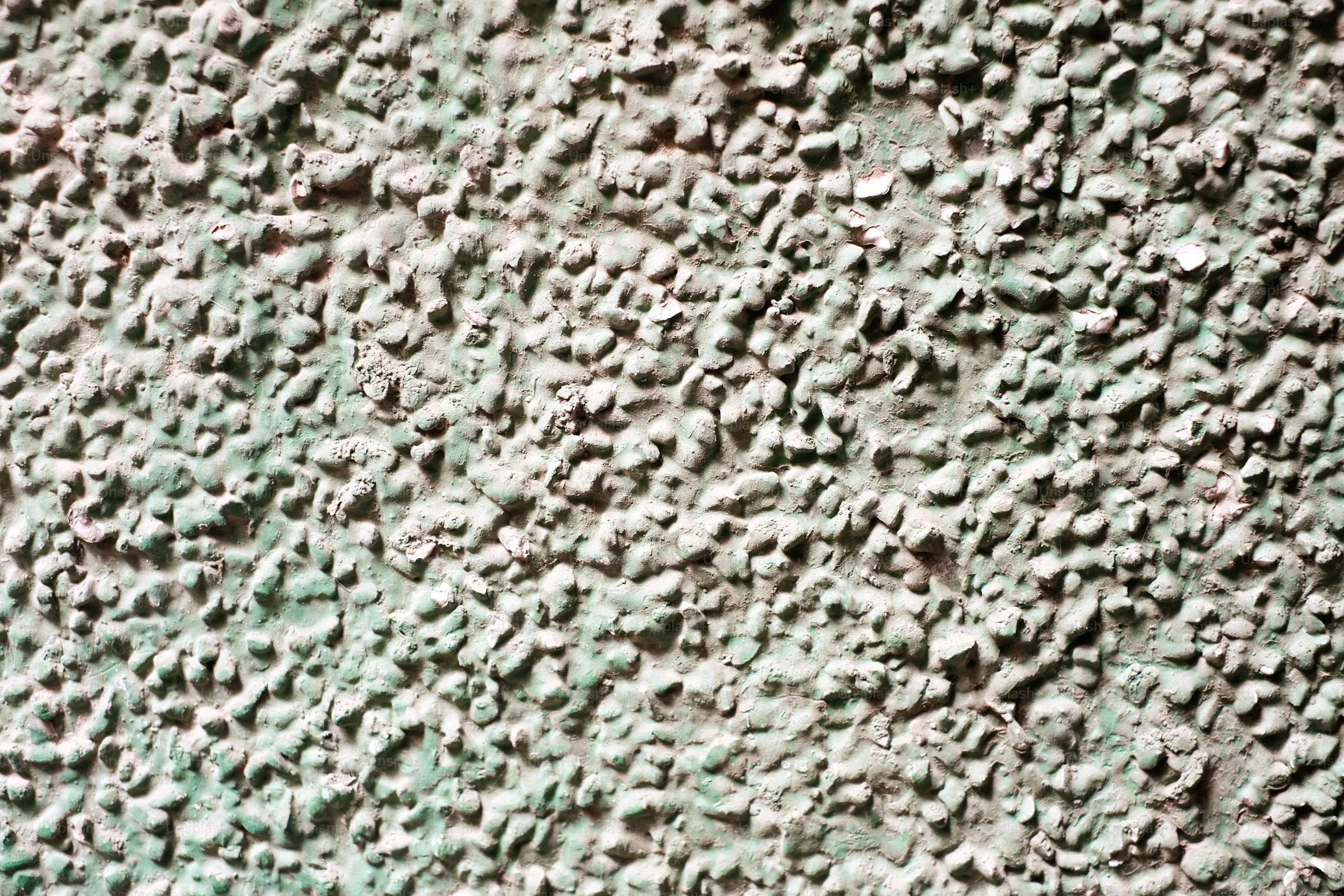Many Australian businesses and homeowners are concerned about the potential presence of asbestos in their popcorn ceilings, particularly in commercial buildings and homes built before the 1990s. This distinctive textured ceiling finish, known for its bumpy appearance resembling popcorn, was widely used throughout the 20th century and may contain hazardous asbestos materials.
Popcorn Ceiling Composition
Popcorn ceilings were typically created using a mixture of vermiculite and gypsum plaster. While asbestos wasn’t intentionally added to these coatings, the vermiculite used in their production could have been naturally contaminated with asbestos fibres. This contamination primarily originated from vermiculite mines, notably the Libby, Montana mine in the USA, which supplied vermiculite globally throughout much of the 20th century.
Historical Usage of Vermiculite in Australian Buildings

From 1924 to 1990, various vermiculite-based products were used in Australian construction, marketed under brand names such as Gypspray, Monokote, and Zonolite. These materials were commonly applied using industrial sprayers for multiple purposes, including:
- Fire protection for structural elements
- Insulation in ceiling cavities
- Condensation control
- External facade treatments
- Decorative ceiling finishes in residential properties
Health Risks From ACMs
The presence of asbestos in popcorn ceilings poses significant health risks, particularly when the material is disturbed during renovation or maintenance work. In industrial settings, these coatings were often applied to structural beams and in spaces above suspended ceilings, while residential applications typically focused on ceiling surfaces and external facades.
Professional Asbestos Material Testing and Assessment is Essential

It’s crucial to understand that visual inspection alone cannot determine whether a popcorn ceiling contains asbestos. The only reliable method for identifying asbestos in any building material is through professional asbestos material testing by an accredited assessor, with samples analysed at a NATA-accredited laboratory.
Global Asbestos Audits, a leading authority in asbestos management in Australia, emphasises the importance of professional assessment before any renovation or demolition work involving popcorn ceilings, vermiculite coating in ceiling cavities and vermiculite insulation barriers on structural beams. Our expert consultants can properly evaluate suspicious materials and provide comprehensive management strategies.
Potential Locations of ACMs

When dealing with vermiculite-based ceiling coatings, it’s important to note that installation often resulted in overspray and splash back, potentially contaminating surrounding areas. These materials may also be present in less visible locations, such as:
- Ceiling cavities above suspended panels
- Structural beam coatings in industrial buildings
- External covered areas like foyers and verandahs
- Around ventilation systems and service penetrations
While not all vermiculite-based materials contain asbestos, the potential health risks make professional testing essential. Global Asbestos Audits provides trusted expertise in identifying and managing asbestos-containing materials, ensuring compliance with Australian safety regulations and protecting occupant health.
For peace of mind regarding your popcorn ceiling or any suspected asbestos-containing materials, contact Global Asbestos Audits for professional assessment and guidance. Our accredited assessors can provide the expert testing and consultation needed to ensure your property’s safety.

